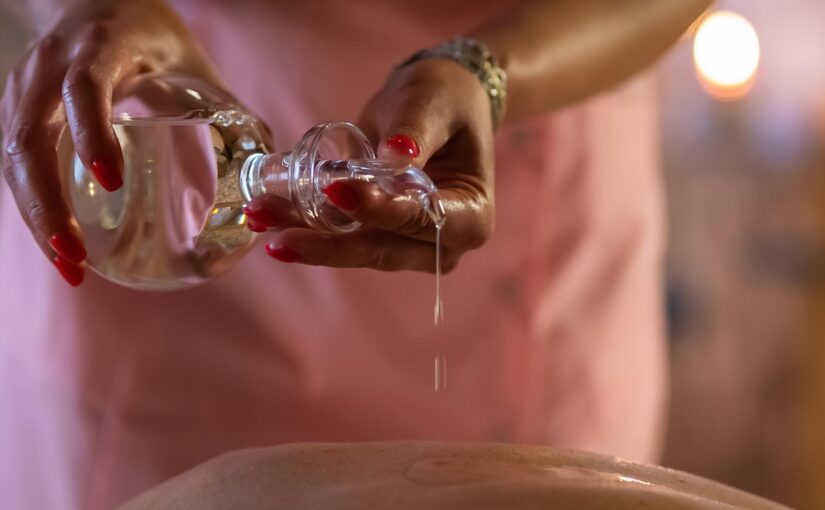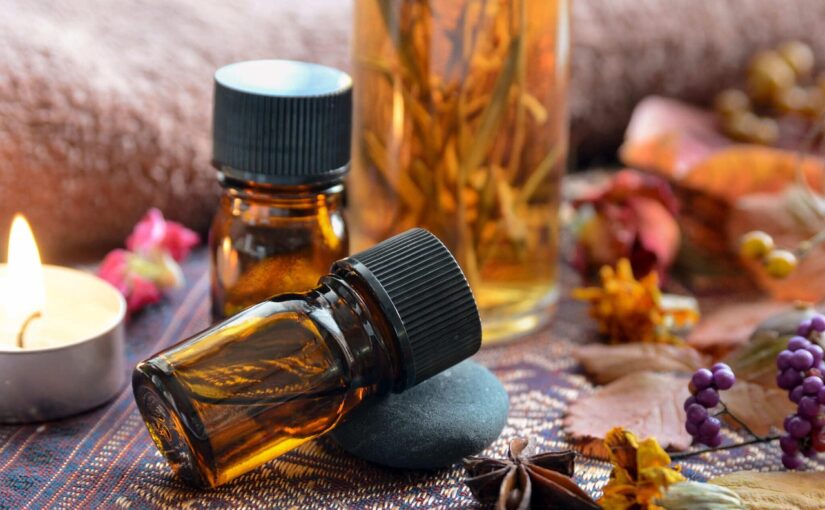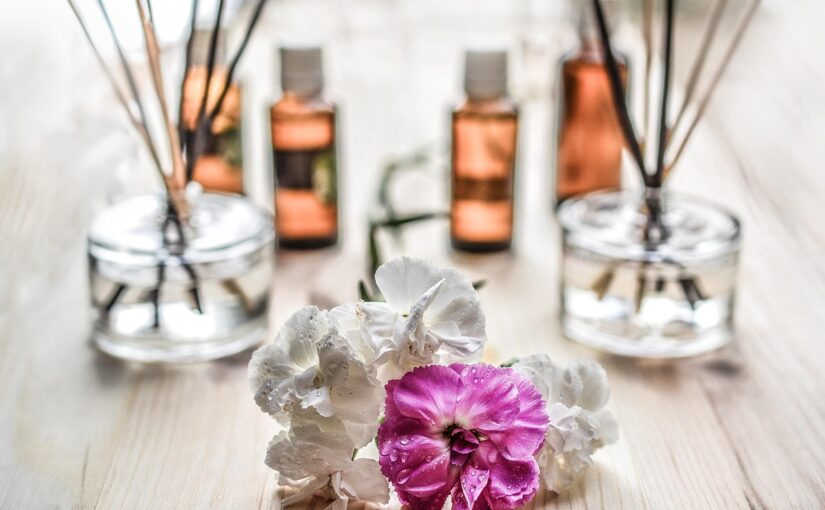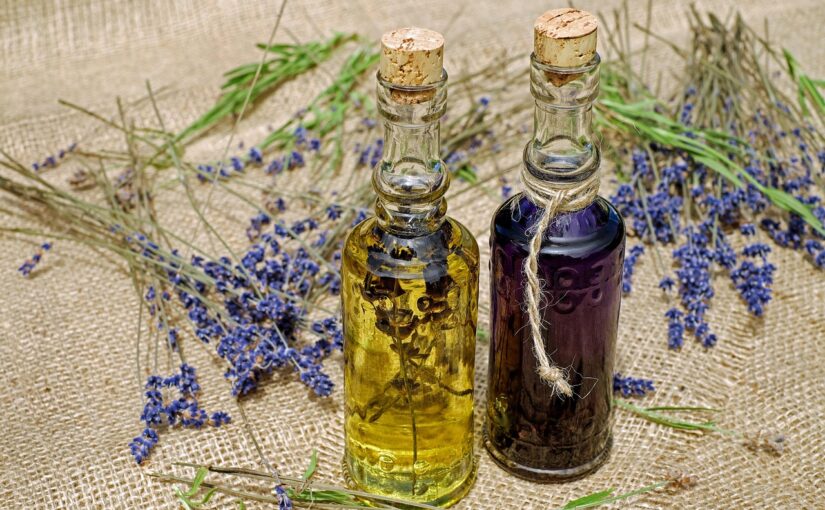Close your eyes and breathe deeply. For a moment, the chatter of the modern world fades, the glare of screens dims, and you are connected to a thread of human experience that has remained unbroken for over two thousand years. It is a thread not of sight or sound, but of scent.
In the ancient Mediterranean, fragrance was more than a luxury; it was theology, medicine, currency, and a cornerstone of daily life. The scents that filled the temples, marketplaces, and homes of the biblical world were powerful, symbolic, and deeply woven into the fabric of existence. While empires rose and fell, these aromas persisted, carried forward through the faithful hands of monks, the bustling trade of merchants, and the timeless rhythms of the land.
Today, these ancient fragrances are not relics confined to museums; they are living, breathing experiences waiting to be discovered. They are the key to unlocking a more profound, sensory connection to history. Let’s embark on an olfactory pilgrimage to explore five iconic biblical scents you can still encounter in the modern Mediterranean.
Continue reading Top 5 Living Biblical Scents in the Mediterranean







